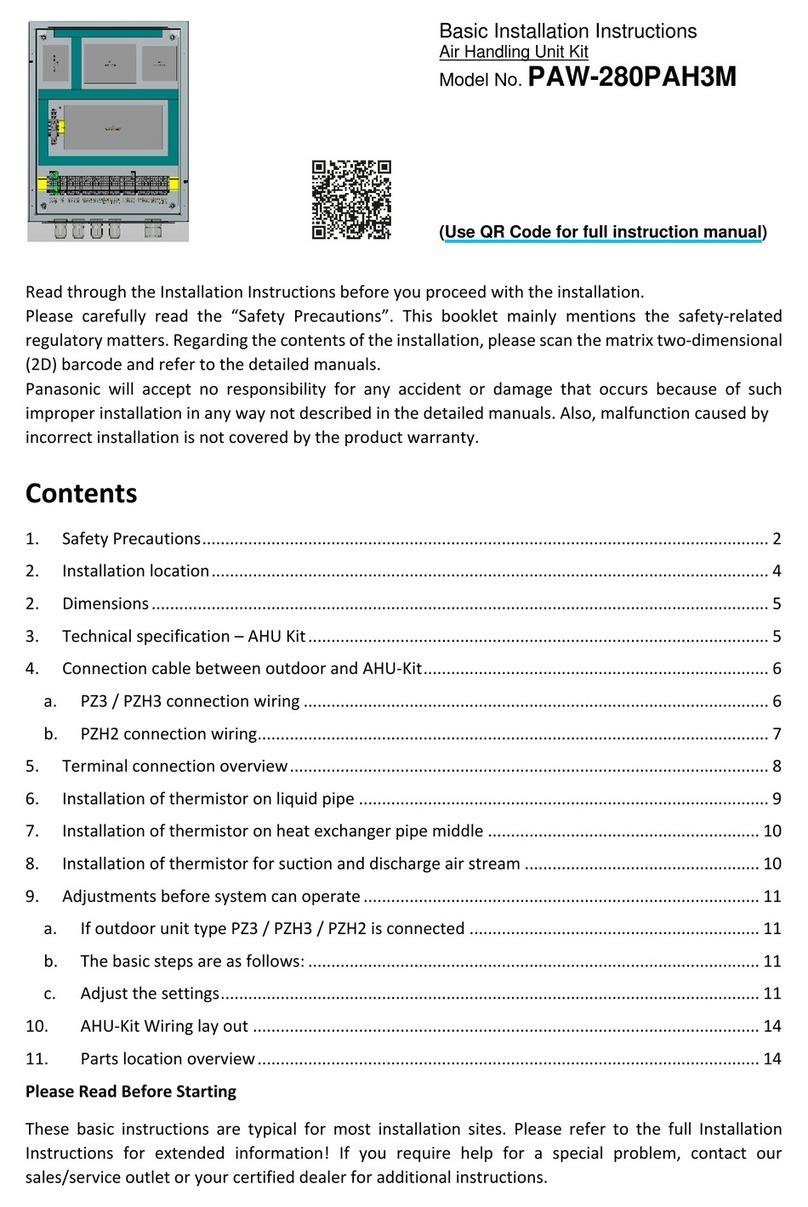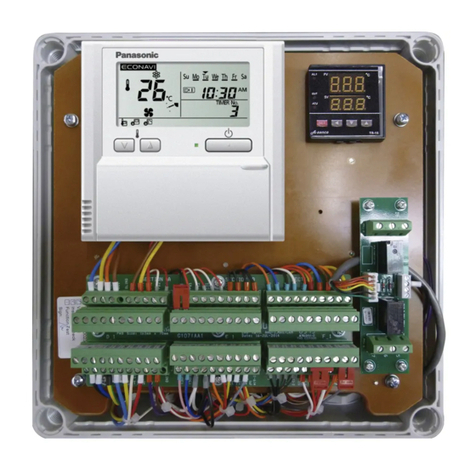
4AHU Kit – Installation Instructions – 07/2023
Contents
Table of Contents
1 General information and safety notes ................................................................... 6
1.1 General information................................................................................................................. 6
1.2 Safety notes.............................................................................................................................. 8
1.3 Instructions for the safe handling of R32 .............................................................................. 9
1.3.1 Calculating the density limit ............................................................................................. 10
1.3.2 Preventing leakages ........................................................................................................ 17
1.3.3 Detecting leaks ................................................................................................................ 17
1.3.4 Repairing leaks ................................................................................................................ 17
1.4 Warranty policy ........................................................................................................................ 17
2 Ventilation theory and air handling units .............................................................. 19
2.1 Purpose of air-conditioning .................................................................................................... 19
2.2 Mechanical ventilation systems ............................................................................................. 20
2.3 Air handling units..................................................................................................................... 20
3 Product description ................................................................................................. 23
3.1 General description ................................................................................................................. 23
3.2 Scope of supply ....................................................................................................................... 23
3.3 System lineup........................................................................................................................... 28
3.4 System Overview ..................................................................................................................... 30
3.5 Technical data .......................................................................................................................... 33
4 Installation ................................................................................................................ 39
4.1 Installation of AHU Kit ............................................................................................................. 39
4.1.1 MAH3 / PAH3 generation................................................................................................. 39
4.1.2 Installation of refrigerant piping........................................................................................ 41
4.2 Installation of expansion valve............................................................................................... 41
4.3 Installation of thermistors....................................................................................................... 42
4.3.1 Installation of thermistor on gas pipe ............................................................................... 43
4.3.2 Installation of thermistor on liquid pipe............................................................................. 44
4.3.3 Installation of thermistor on heat exchanger pipe middle ................................................ 45
4.3.4 Installation of thermistor for suction and discharge air stream......................................... 45
4.4 Matching outdoor unit capacity with AHU Kit capacity........................................................ 46
5 Electrical Wiring....................................................................................................... 53
5.1 General precautions on wiring ............................................................................................... 53
5.2 Connection of wiring to terminals.......................................................................................... 53
5.3 Terminal board layout.............................................................................................................. 55
5.3.1 MAH3 models .................................................................................................................. 55
5.3.2 PAH3 model ..................................................................................................................... 60
5.4 Wiring layout ............................................................................................................................ 63
5.5 Wiring system diagrams.......................................................................................................... 65
5.6 Connection of external signal lines........................................................................................ 73































